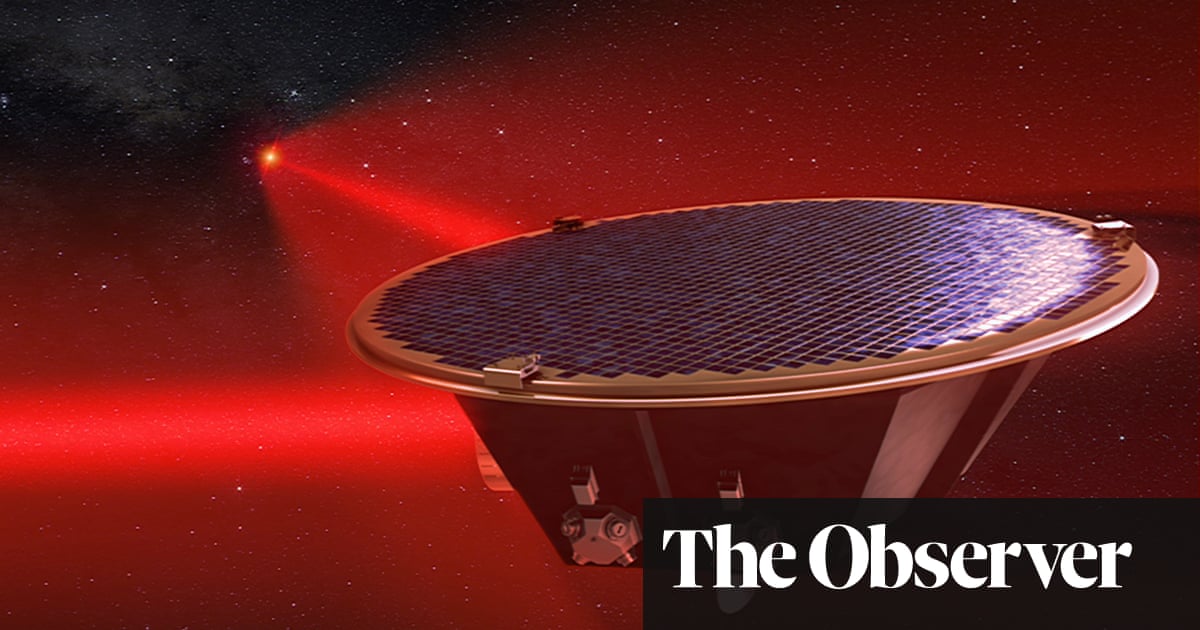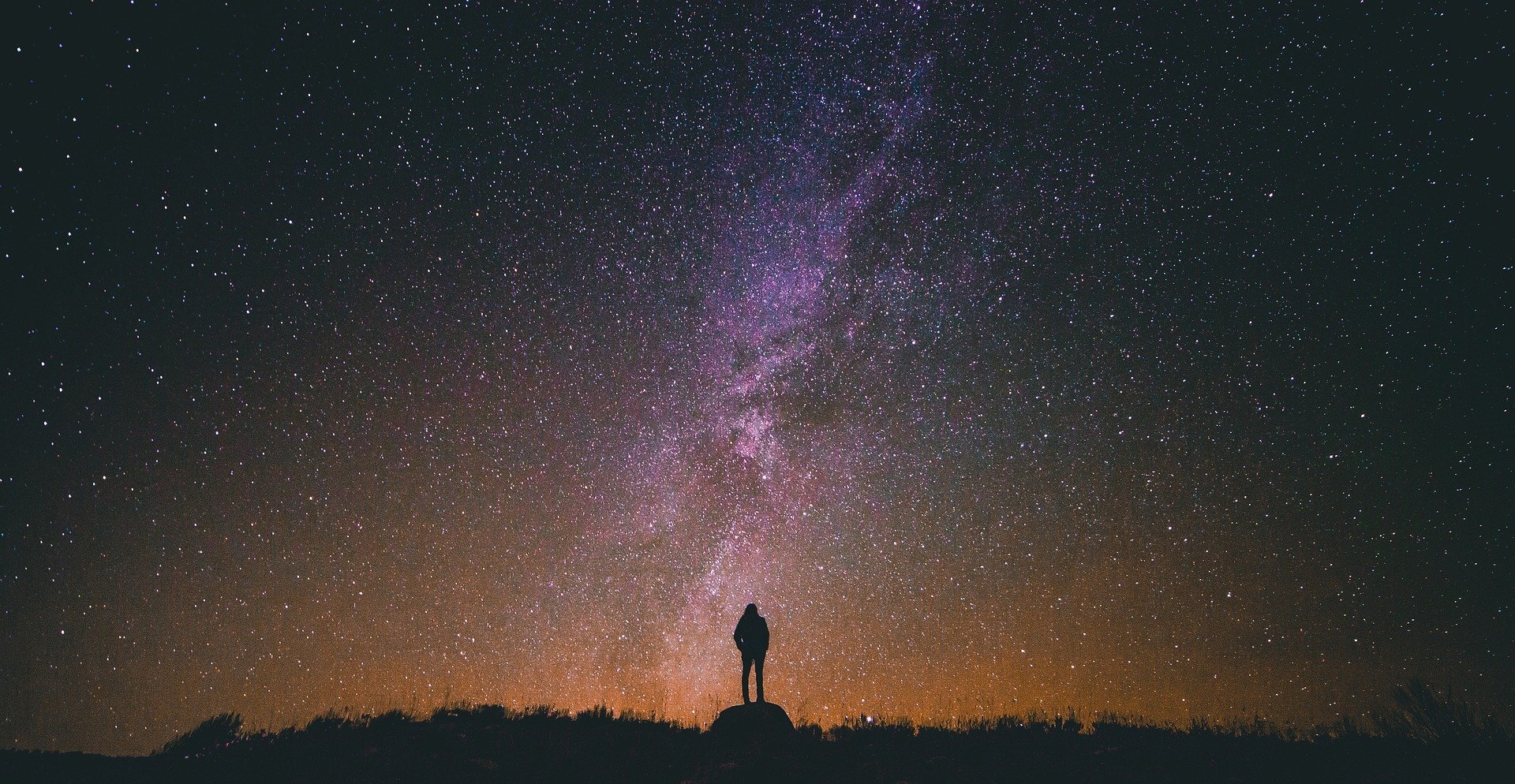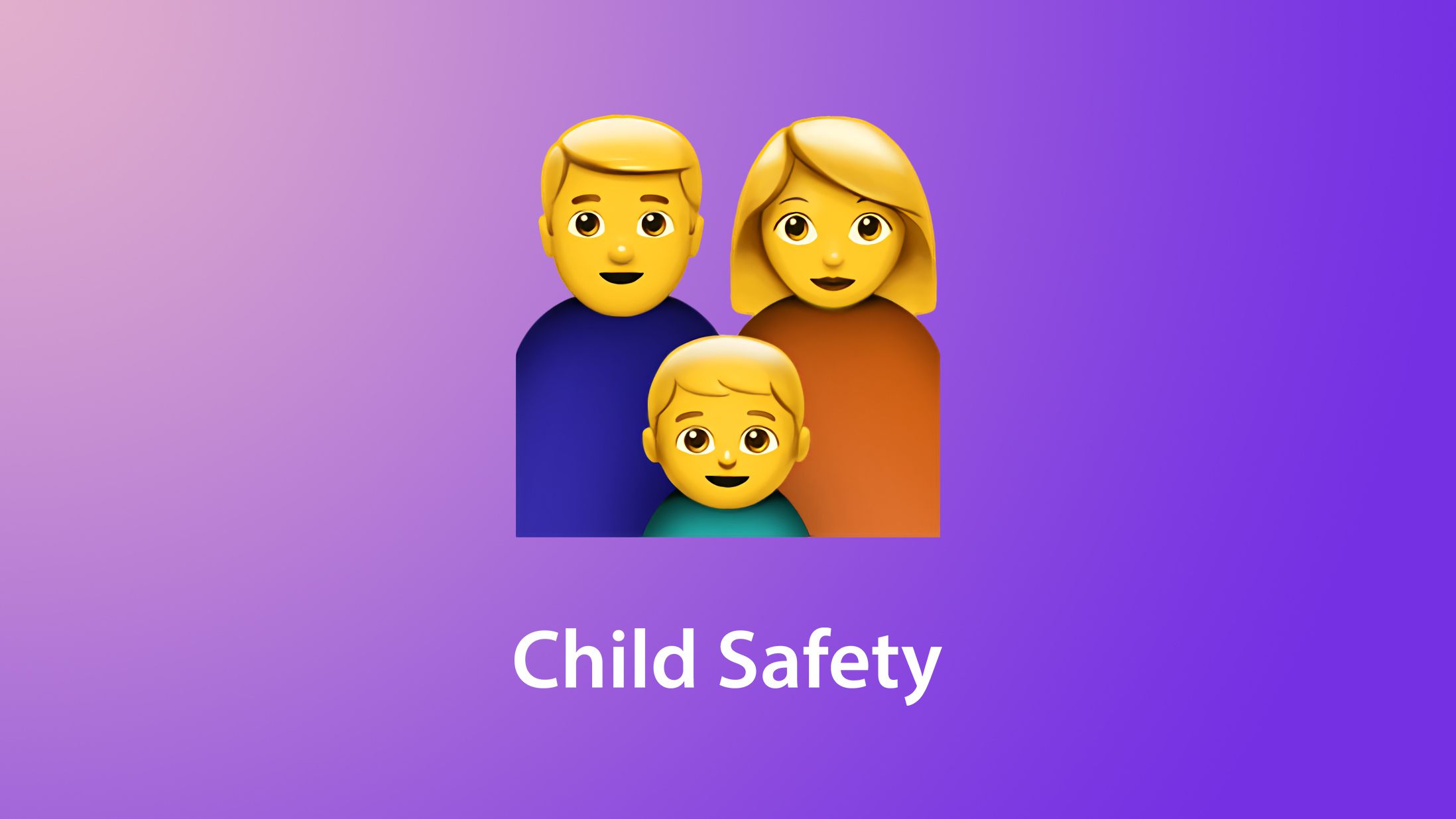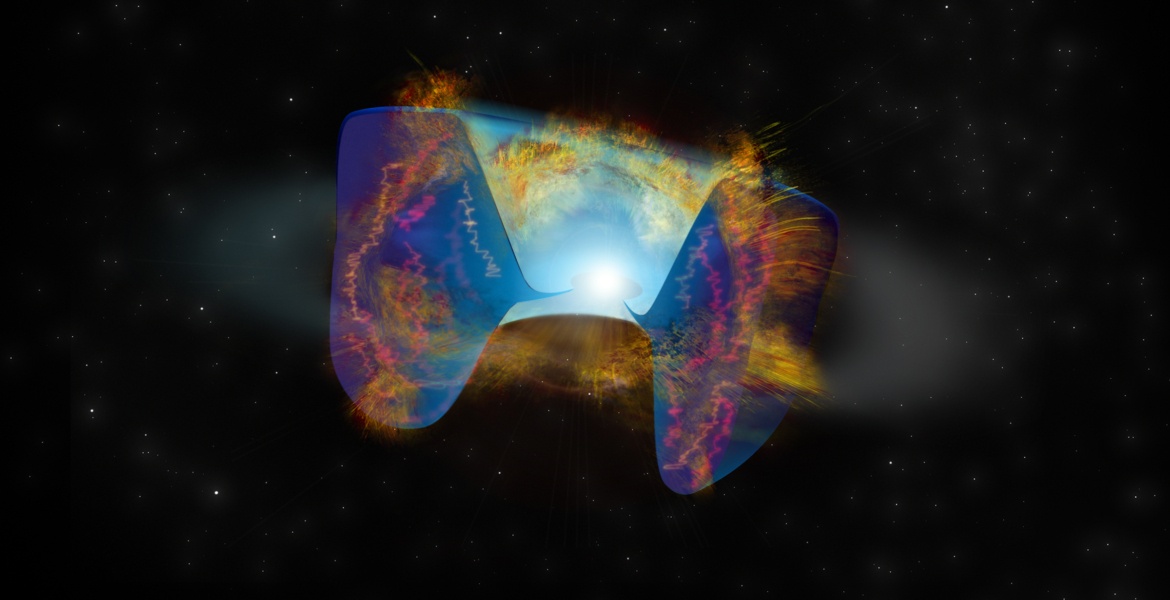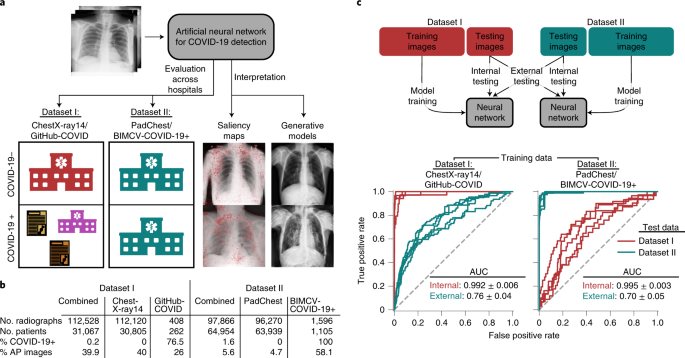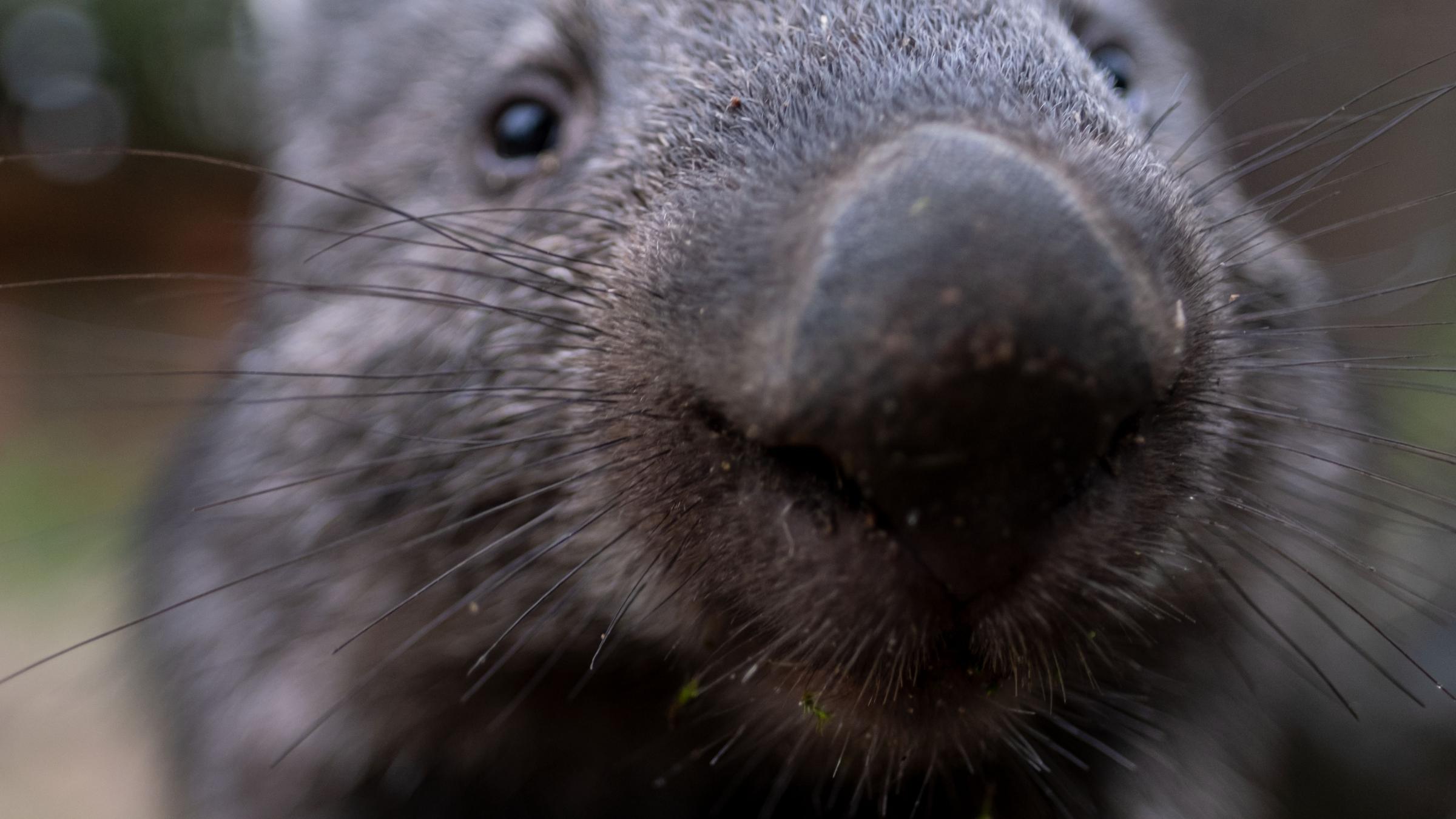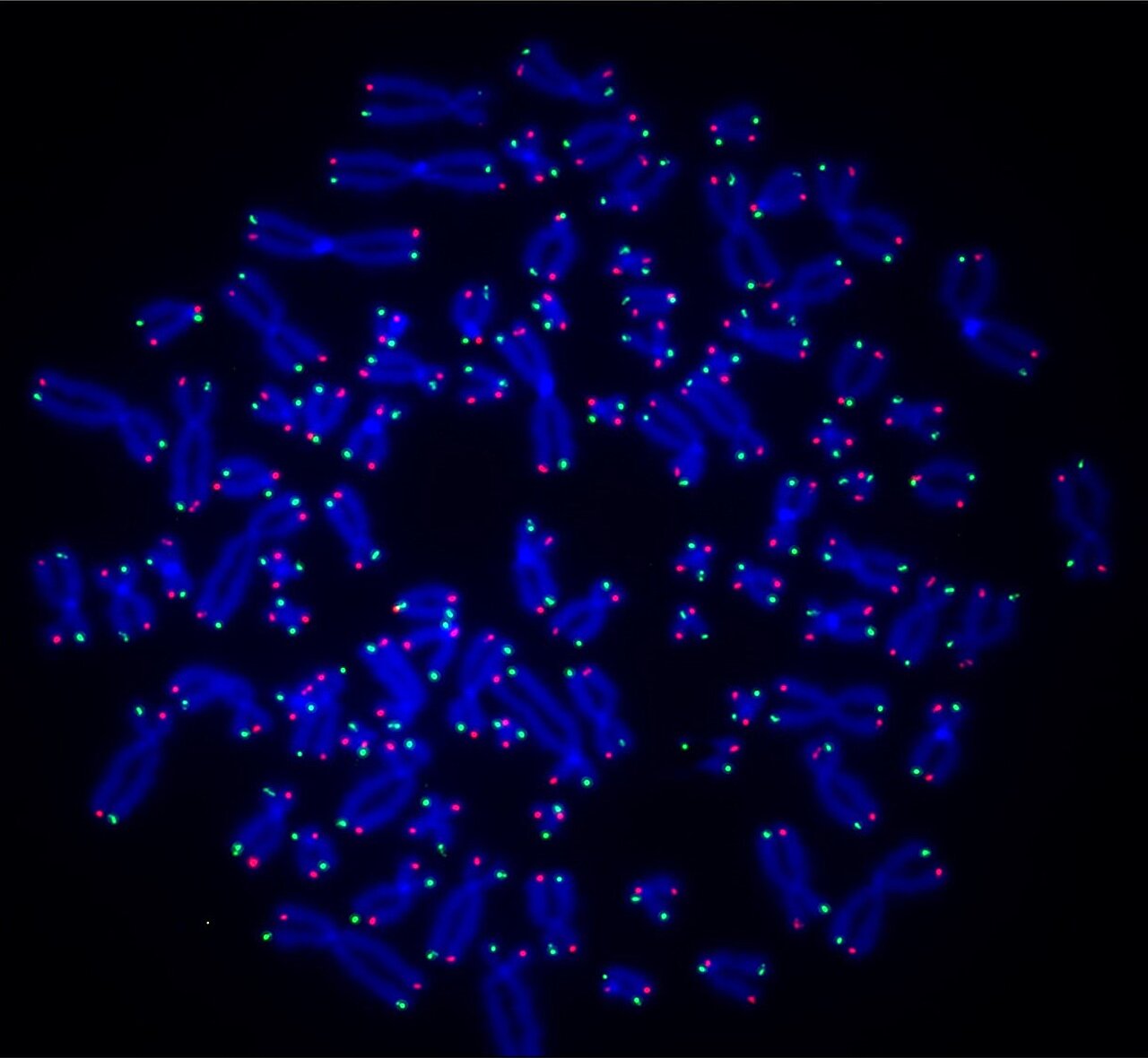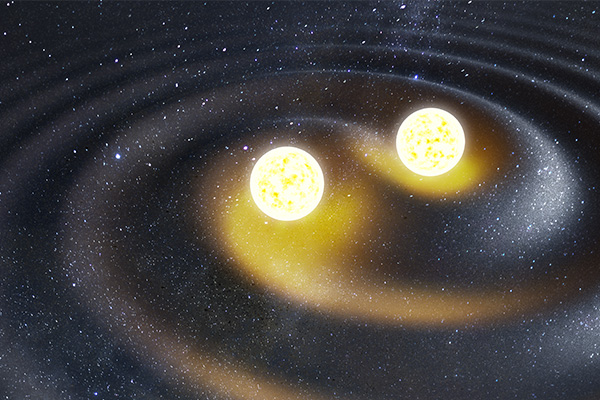
Researchers advance detection of gravitational waves to study collisions of neutron stars and black holes
MINNEAPOLIS/ST. PAUL (04/25/2024) — Researchers at the University of Minnesota Twin Cities College of Science and Engineering co-led a new study by an international team that will improve the detection of gravitational waves—ripples in space and time.
The research aims to send alerts to astronomers and astrophysicists within 30 seconds after the detection, helping to improve the understanding of neutron stars and black holes and how heavy elements, including gold and uranium, are produced.
The findings were recently published in the Proceedings of the National Academy of Sciences of the United States of America (PNAS), a peer-reviewed, open access, scientific journal.
Gravitational waves interact with spacetime by compressing it in one direction while stretching it in the perpendicular direction. That is why current state-of-the-art gravitational wave detectors are L-shaped and measure the relative lengths of the laser using interferometry, a measurement method which looks at the interference patterns produced by the combination of two light sources. Detecting gravitational waves requires measuring the length of the laser to precise measurements: equivalent to measuring the distance to the nearest star, around four light years away, down to the width of a human hair.
This research is part of the LIGO-Virgo-KAGRA (LVK) Collaboration , a network of gravitational wave interferometers across the world.
